ASH Clinical Practice Guidelines on Sickle Cell Disease (SCD)
Access SCD guidelines quickly via the ASH Clinical Practice Guidelines App
Download for iOS Download for Android Use the App Web Interface
Additional Resources
What is SCD?
Infographic to better understand sickle cell disease causes, complications & treatment.
About SCD Guidelines
Resources describing key takeaways from SCD guidelines.
Patient Resources
Resources to empower patients with information about evidence-based care for SCD:
- Considering transplantation decision aid: A shared decision-making tool to support clinicians and patients with SCD in considering transplantation.
- ACEP ASH SCD Pain Point-of-Care tool for managing sickle cell disease in the ED
- CDC Steps To Better Health Toolkit: Health guidance materials for people with SCD based on the ASH Clinical Practice Guidelines on Sickle Cell Disease.
Teaching Slides Sets
Educational slide sets to teach about the diagnosis, management, and treatment of SCD:
- Cardiopulmonary and Kidney Disease
Powerpoint | PDF - Transfusion Support
Powerpoint | PDF - Cerebrovascular Disease
Powerpoint | PDF - Management of Acute and Chronic Pain
Powerpoint | PDF - Stem Cell Transplantation
Powerpoint | PDF
Pocket Guides
Concise pocket guides, including tools and calculators, to aid in clinical decision-making, available in print or via app:
Download for iOS Download for Android Use the App Web Interface
Order printed versions on the ASH website:
- Cardiopulmonary and Kidney Disease in Sickle Cell Disease: Screening and Management
ASH Store | Download PDF - not for distribution - Transfusion Support
ASH Store | Download PDF - not for distribution
Measures
Quality measures to assess timely and equitable pain management for patients with SCD in the emergency department
- Median Time to Pain Medication for Patients with a Diagnosis of Sickle Cell Disease (SCD) with Vaso-Occlusive Episode (VOE)
- Difference in Median Times to Pain Medication Between Patients with a Diagnosis of Sickle Cell Disease (SCD) with Vaso-Occlusive Episode (VOE) and Renal Colic
Podcasts
SCD Patient Representative Stories
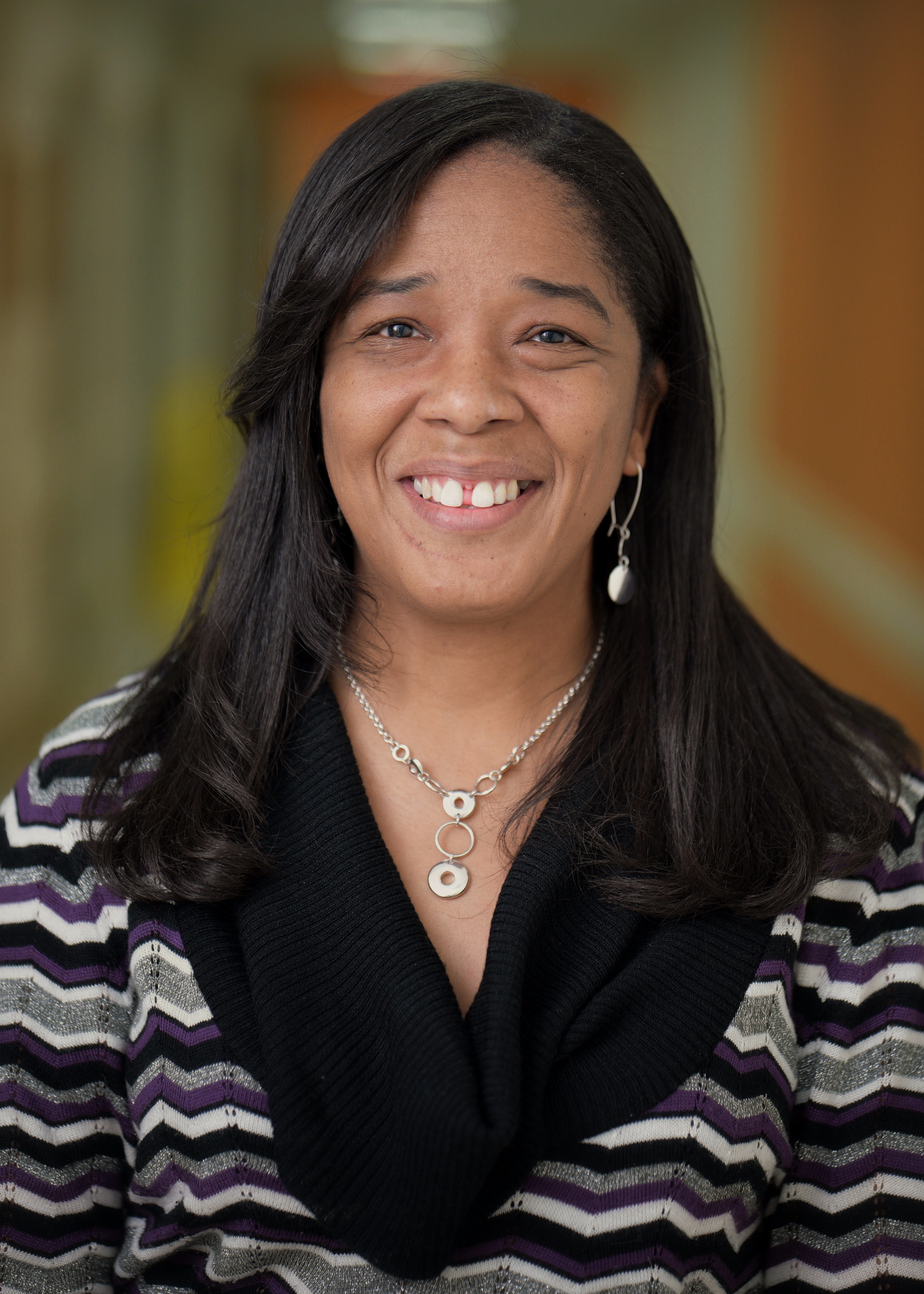
Rae is the mother of a young adult living with Sickle Cell Disease (SCD). Her son, now 23 years old, was diagnosed at two weeks of age through newborn screening in Minnesota, where they live. As a single, first-time parent, Rae had the difficult job of juggling both the day-to-day challenges of motherhood with the added complexity of parenting a child with SCD. She credits her strong family with helping her on this journey, but the experience was new to all of them.
Rae took this responsibility and her role very seriously, but she acknowledges that there was a steep learning curve for both her and her son. Over the years, he learned from her and she learned from him. In fact, she says in many ways she learned as much from her son as she did from his doctors.
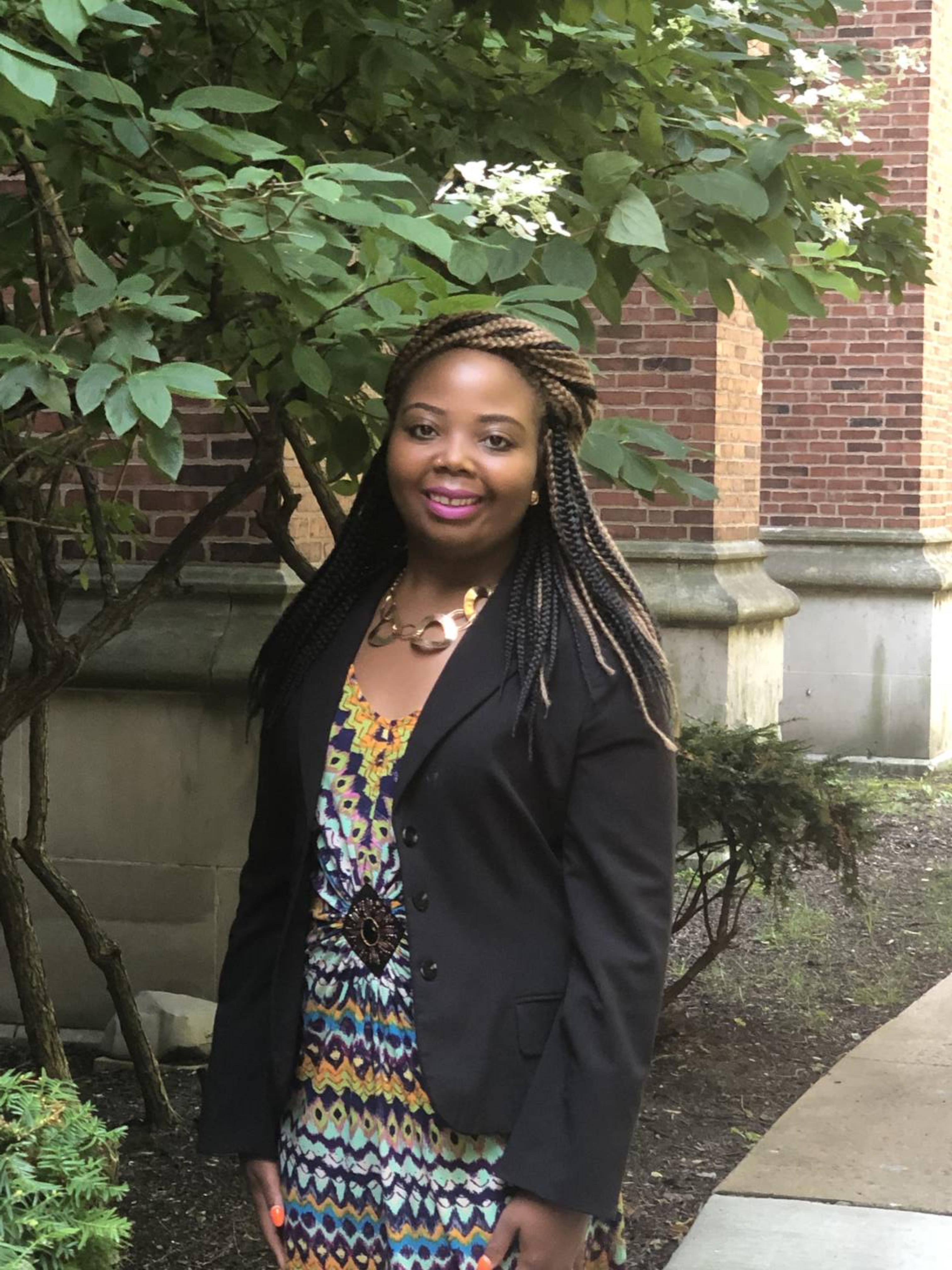
Diagnosed at birth, 27-year-old Ronisha Edwards finds that the biggest aspect of having Sickle Cell Disease (SCD) has been learning to deal with one of the disease’s most common complications: pain. Ronisha says that there are two kinds of pain – acute and chronic. Acute, she says, is a crisis. It feels sharp, stings, and burns. She likens it to the feeling you might have if an elephant sat on your chest or you had your hand slammed in a car door repeatedly. You don’t know when it’s going to come, but it’s debilitating when it does. And then there is chronic pain, which is a dull throbbing and swelling that you get used to and is constant almost every day of your life.
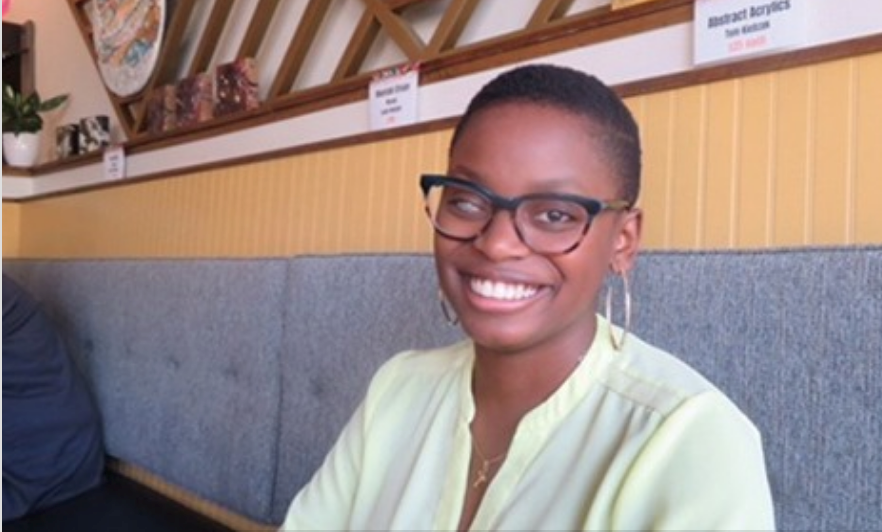
Elodie lives in Milwaukee, Wisconsin, where she works for a non-profit organization that supports arts programming for public schools and works with teachers to enhance curriculum through art. Elodie also has Sickle Cell Disease (SCD) and has worked to enhance education around SCD, both through her participation in clinical trials as a study participant and as a patient representative in the development of the ASH Clinical Practice Guidelines on SCD.
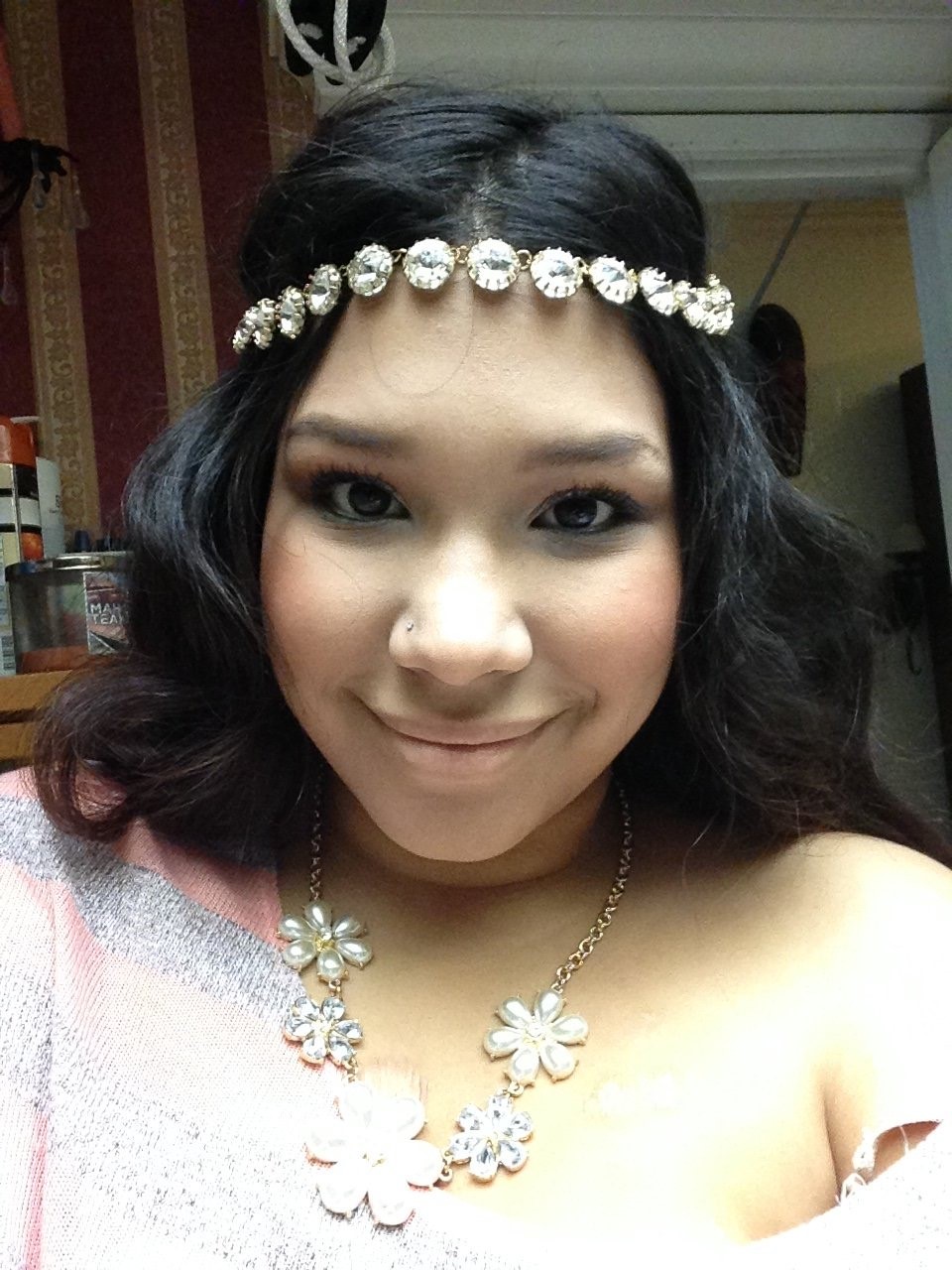
Maria Rivera lost her daughter, Jazmine Alexis Rivera, due to complications from Sickle Cell Disease (SCD) when she was just 25 years old. Her daughter started developing symptoms at birth and at two years of age she had her first blood crisis. She developed pneumonia, her lungs collapsed, and she had a silent stroke. Her life with SCD continued and, after graduating from college, she began work for the Sickle Cell Community Consortium as a Social Media Marketing Manager. Jazmine was very active and knowledgeable about social media and started her own YouTube channel, “Beauty within Sickle Cell,” to educate people about SCD. It was important education, her mother notes, because most people did not perceive that a Latina could be someone with SCD.

There was a big difference between Teonna’s childhood and her teen years. When she was young, she did not feel the effects of Sickle Cell Disease (SCD) that often. But when she grew into adolescence, things began to “spiral out of control” as she puts it. She began to experience crises – “avascular necrosis” – and surgeries for her joints, hip replacements, and multiple blood transfusions, one of which caused a reaction that led to liver failure. In high school she experienced multiple silent strokes.
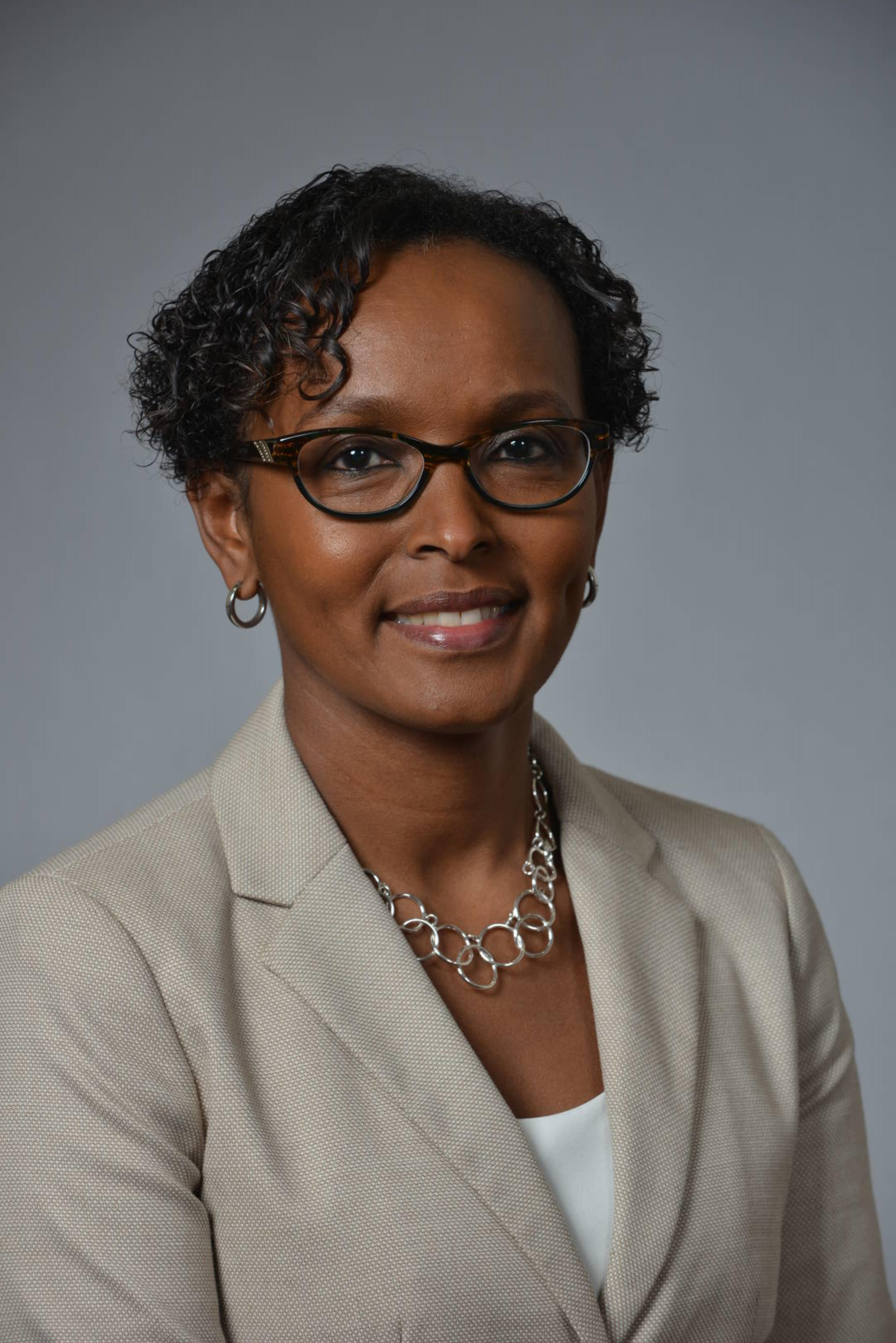
Fouza Yusuf has a daughter with Sickle Cell Disease (SCD), and she has been involved in her care since the time she was a teenager until she went off to graduate school. She has continued to contribute to her daughter’s care into adulthood whenever she has a pain crisis or is admitted to the hospital.
The transition from care as a pediatric patient to an adult has been difficult for Fouza’s daughter. There are a lot of changes that must take place when transitioning to adult care, and it’s important to prepare people living with SCD for the challenge. Fouza knows this firsthand. She and her daughter grappled with numerous access to care issues. While seen readily as a pediatric patient, during their first trip to the emergency room as an adult, Fouza and her daughter experienced a three-hour wait for care. She also dealt with insurance challenges when she turned 26 and was no longer allowed to remain on her mother’s insurance and had to find her own.
